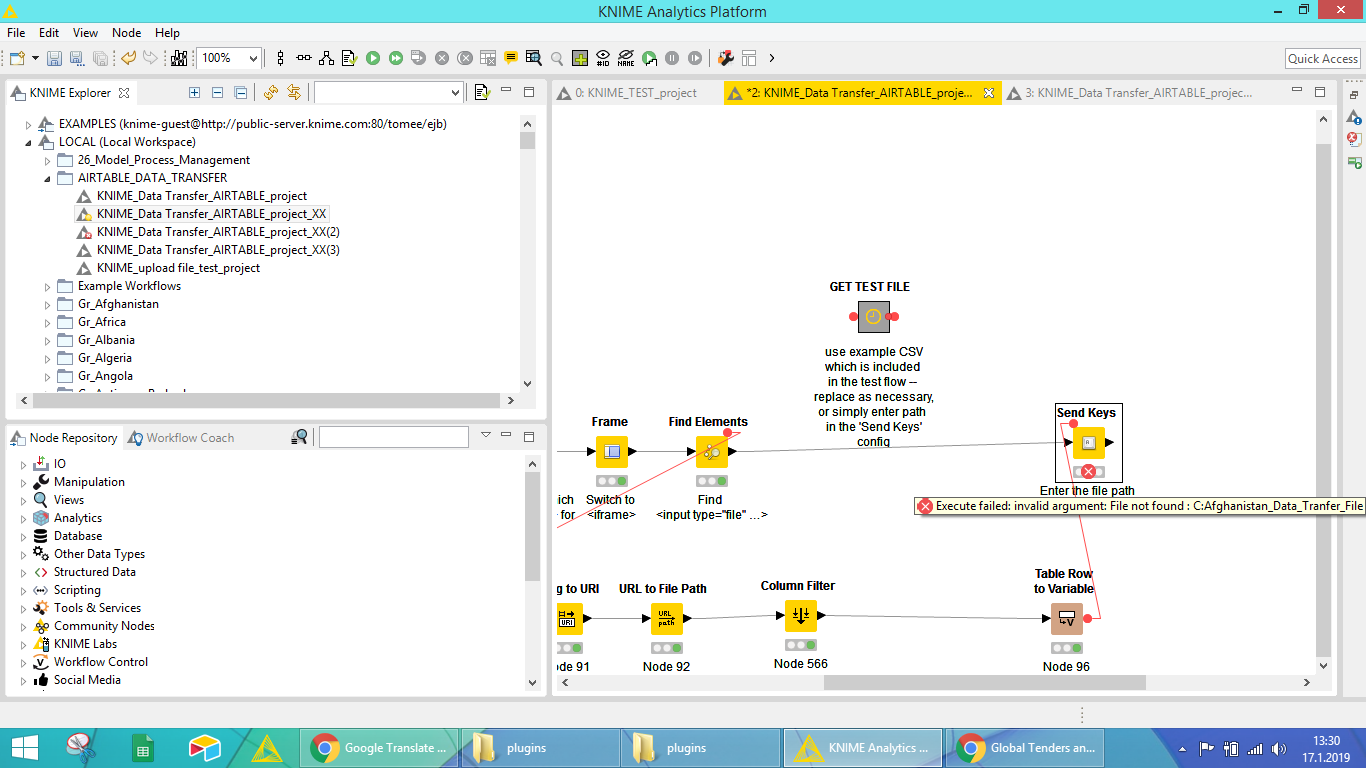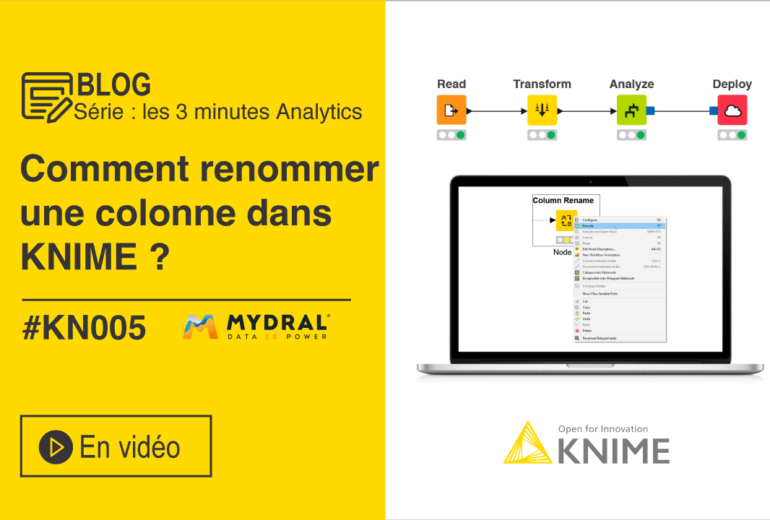

Then we add a descriptive name and move to the next. We can just click Add for each bin and enter the range we want the bin to include. The nice thing here is that rather than need to write a long else-if statement to create categories, we can do it here and adjust on the fly.įor this example, we want 4 bins each with 5 values. Pay careful attention to the values and remember the number types of your dataset, integer vs. We still must be mindful about what bins our values are going to reside in. Figure 24: Automatic Bin Values In The Numeric BinnerĪs we add range limits and then new columns, the range minimums will update. Now you can see that the first bin automatically updates to cover from negative infinity through 0. We need to add another bin to open the ranges and get things started. The first bin basically covers from negative infinity through infinity. Rather than a parenthesis and a bracket, the notation here is just brackets. Just as with the Auto-Binner node we can choose to overwrite the target column or Append a new column.Ī key thing to recall here is that the notation is different. This node allows us to define our own values and give them custom names or use generated names. Next, let’s dive into the Numeric Binner. As you can see (Figure 21), I’ve configured all of them so you can explore the different outputs and visually understand how the bins changes based on the configurations. We can explore all these different Auto-Binning options visually by configuring Histogram nodes the same way we configured the Auto-Binner. Included in this workflow are many other examples for you to step through and the same examples using the salaried data are available as well.įor these examples Force Integer Bounds has been selected to clean up the outputs a bit.

The Auto-Binner also includes a PMML or Predictive Model Markup Language processing fragment outport, to connect these configurations to PMML models. You can probably understand where domain knowledge is a necessity when binning values and can greatly assist in successfully summarizing and drawing insights from the data. Figure 20: Group-By Node Bin AggregationsĪs I mentioned earlier and as you can see here, the missing data gets its own bin. I highly encourage you to explore!įrom the Auto-Binner where we selected equal width, the bin that ranges from greater than 11 dollars per hour (it’s left-hand side open) to 21 dollars per hour (it’s right-hand side closed) has the most recorded salaries based on our dataset and binning choices. With a GroupBy node, we can really explore the data by summarizing the bins and counting the number of salaries per bin, departments, position titles and more.

A value coming after the parenthesis is not included in the listed range, whereas a value coming before the end bracket means it’s included. The parenthesis means that its open and the bracket means closed. If we selected this, the Salary column from our dataset would get replaced with the bins. If we see fit, we can choose to replace our target column(s) on output. Figure 16: Example Of Forcing Integer Bounds If we select this, duplicate edges will be removed. We can force integer bounds which means that the lower value (the one on the left side, gets converted to its floor and the upper value (the one on the right side) gets converted to its ceiling. Borders, which give us the left and right open and closed notation and finally we can get midpoint data for each bin.įor this example, let’s check the Borders option so I can cover the notation which is different here than in the Numeric Binner node. We have the choice between numbered where we get a Bin 1, Bin 2 etc. Ideally, there will be an equal number of values per bin for both quantile and equal frequency binning but be aware of the that tied values at boundaries can potentially increase the size (or value count) of the bins. Figure 14: Node Sample Quantiles Defined Figure 15: Sample Quantiles


 0 kommentar(er)
0 kommentar(er)
